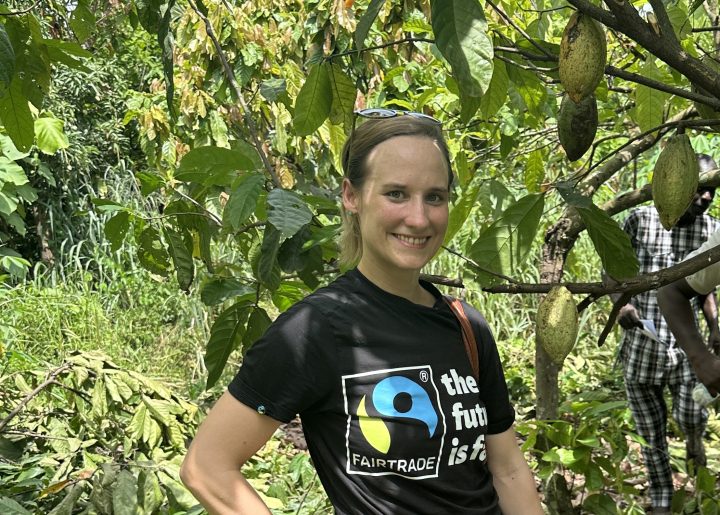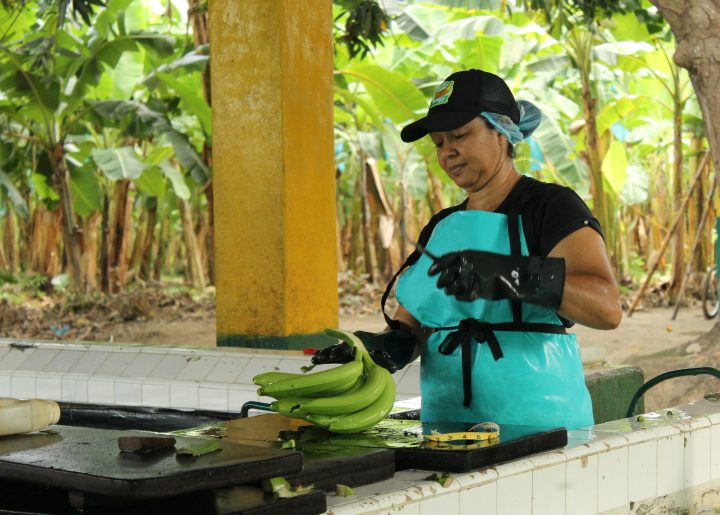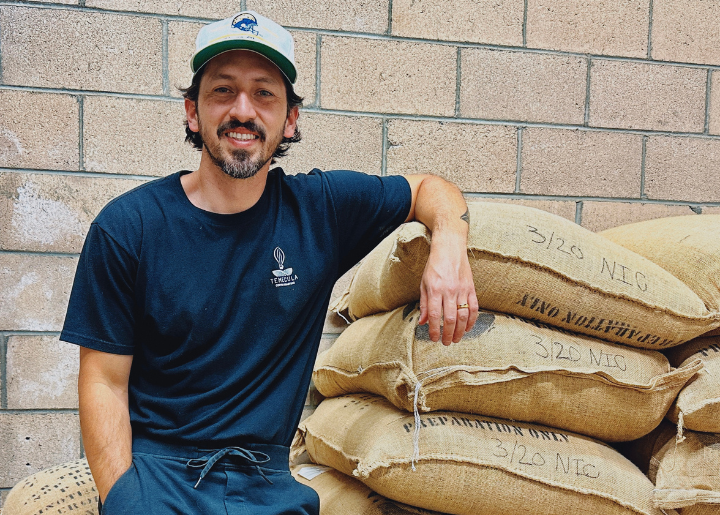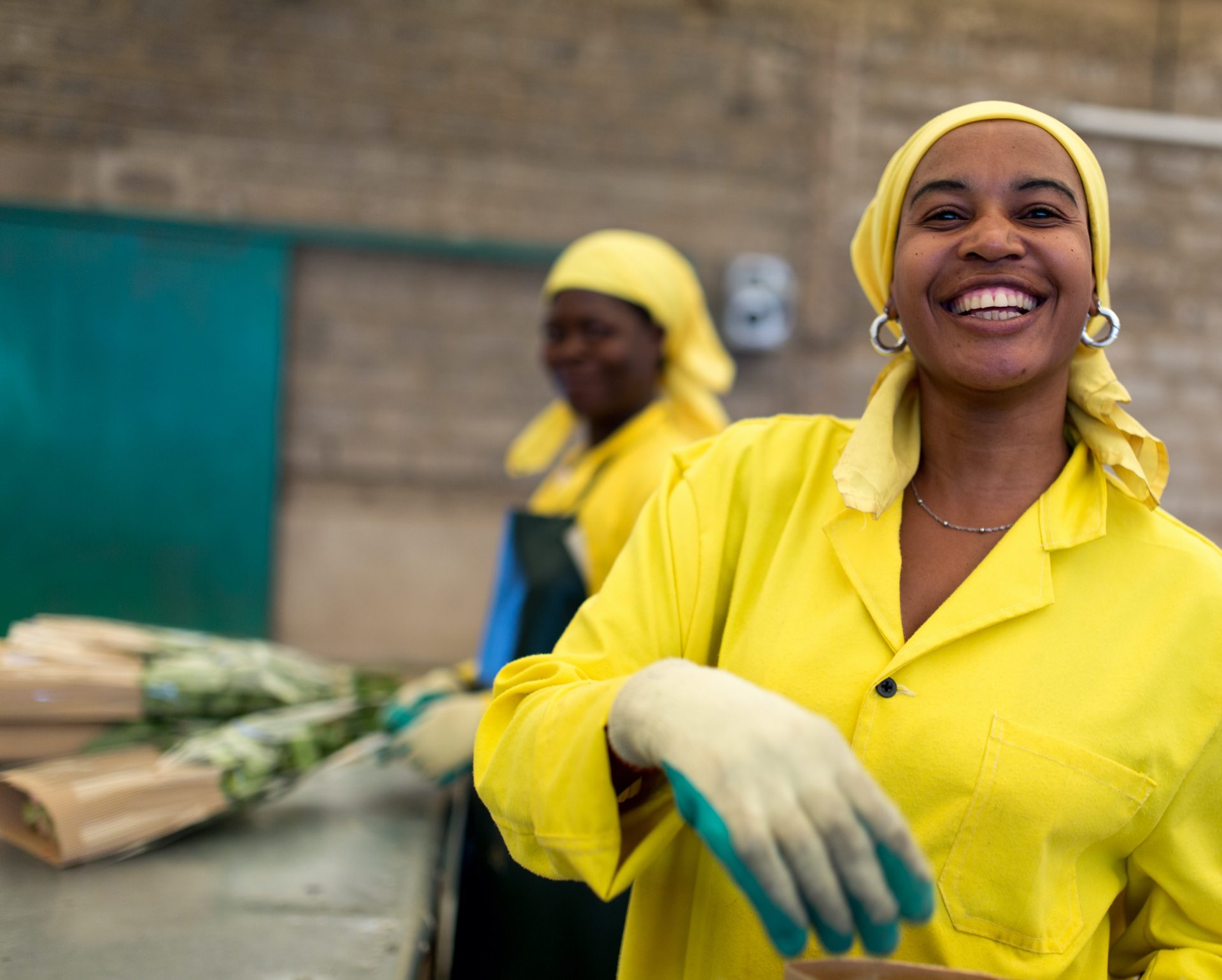A Fairly Direct Commentary on Coffee
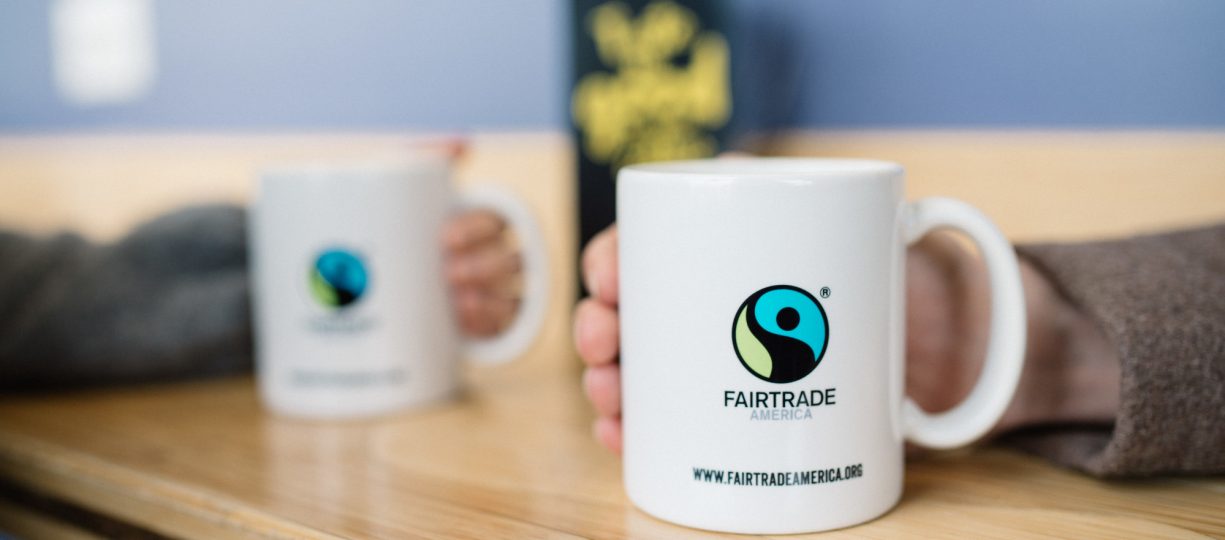
Specialty coffee is a sustainability leader. From the world’s first Fairtrade coffee landing on store shelves more than 30 years ago, farmers, traders, roasters, and consumers have pushed the concept of sustainability a long way. But as different approaches gain traction – direct trade, fair trade, farm direct, etc. – many consumers are left asking which is better.
Some think the ongoing debate about fair trade* and direct trade (or, as it is sometimes phrased, “fair trade Vs. direct trade”) creates a dilemma for conscientious coffee buyers/coffee roasters/retailers and coffee drinkers. Which one is ‘better’? And better by what criteria? By the prices received by individual farmers? Or received by farmer-owned co-ops? By quality? By transparency? By impact at the community or at the household level? By one’s ability to trust that X or Y system consistently delivers what is claimed or implied?
Depending on what matters most to you could determine which approach is right for you. But let’s first remember two things.
One, maybe 93% of the 3+ billion pounds of coffee imported in the U.S. every year is neither fairly traded nor directly traded, no matter what definitions you use. So before anyone spends much energy critiquing either one – let’s remember that the real work to be done is in converting more of the ‘white space’, the afore-mentioned majority of coffee imports that lacks any kind of progressive structure.
Two, a lot of fair trade coffee is directly traded. Just look at pioneers like Thanksgiving Coffee and Equal Exchange. Conversely, some coffee labeled ‘direct trade’ is also fairly traded (e.g. bought from fair trade certified cooperatives of small-scale farmers, through long-term relationships and with guaranteed access to affordable financing, etc.) Counter Culture Coffee is a great example of this.
The larger point is that the sincere proponents of either model share a lot in common, and both offer something that is one, two or even three notches above the status quo.
With said let’s now take a closer look at the two models.
Proponents of direct trade argue that a closer connection to the field will deliver more benefits to coffee farmers while creating a sustainable source of quality coffee. So far so good. We have certainly met direct traders who are committed to coffee growers and their communities, but this is more true for some than it is for others. Do both direct trade and fair trade seek to establish deeper relationship with farmers? Yes. Do both look to deliver more social benefits to communities? Yes. However, do they both deliver the same impact? Not necessarily. Are they both verifiable? No, but Fairtrade is.
Verification is at the heart of the Fairtrade system and is conducted by a third-party organization to bring transparency in each Fairtrade transaction. This might seem like a minimal difference, but it is not, especially for the coffee shopper. If you don’t believe me, consider how Volkswagen checked their own engines to “guarantee” that they complied with federal emission limits.
When you see a Fairtrade coffee on the shelf of your favorite coffee shop or grocery store, you can be sure that coffee growers received a fairer price and, in addition, a Fairtrade Premium above the purchase price for community development, and yet another substantial premium if it was grown organically (more specifically Fairtrade buyers must pay growers an additional 30¢/pound for certified organic coffee).
No other sourcing or certification program requires this kind of firm financial support for sustainable farming. Direct traders do, indeed, usually pay high prices for high quality beans, but so do most Fairtrade buyers. People forget that Fairtrade roasters are also competing for the best coffee and they, too, will raise the prices they pay when the market is high. So while they always have to pay at least $1.60 per lb of green coffee, no matter how low the commodity market goes (and today it’s approximately $1.38/lb.) there is no ceiling to the prices paid by fair traders.
Another key difference between these two models comes from the impact they claim to create: sometimes direct trade benefits some coffee growers but not necessarily the rest of their community, because sometimes the direct trade transaction – by design – is with individual farmers. Fairtrade looks to benefit all coffee growers associated with a cooperative. Indeed, cooperative development is central to Fair Trade Principles and is based on one single but powerful idea: empowerment. Fairtrade supports small producers to build strong, independent organizations allowing them to gain access to inputs, credit and technical support. This empowers the small producer and the cooperative providing greater bargaining power to access markets. This may sound romantic, but in countries with weak governments with limited support to farmers, the impact is real. In 2014, the social premium from coffee sales reached $53.6 million dollars that was reinvested into coffee communities.
Further, it is sometimes overlooked that many of the most important steps toward increasing quality, or sustainability, or economic development or political power require group solutions. This is where the cooperatives are critical and need consistent support. One small farmer cannot build a cupping lab, or institute group organic certification, or hire an agronomist. But his or her cooperative can.
We agree that having a direct relationship with coffee farmers builds trust and fosters business partnership, and that is why our Fairtrade system works along with cooperatives and farmers providing technical assistance, capacity building and training in climate change, gender issues and other relevant topics.
Maybe one day we can find a way forward where direct trade and fair trade merge more fully into a new business model where the two circles above become a single circle. And maybe one day that circle will grow until it represents all the world’s coffee production, delivering more benefits and economic leverage to all coffee farmers. Maybe that day the dilemma will be over and no more questions will be asked, we will only trade.
*Please note that we use the terms ‘Fairtrade’ and ‘fair trade’ in this article. Fairtrade refers specifically to the international Fairtrade system overseen by Fairtrade International and Fairtrade America in the US, and products carrying the FAIRTRADE Mark. Fair trade refers to the global movement of many different approaches and actors pushing for fair trade and better terms of trade.
Topics
We’re in this together
Fairtrade America partners with brands on the journey to certification and beyond. We can help with everything from finding a certified supply chain to marketing your newly certified product.
Get in Touch
